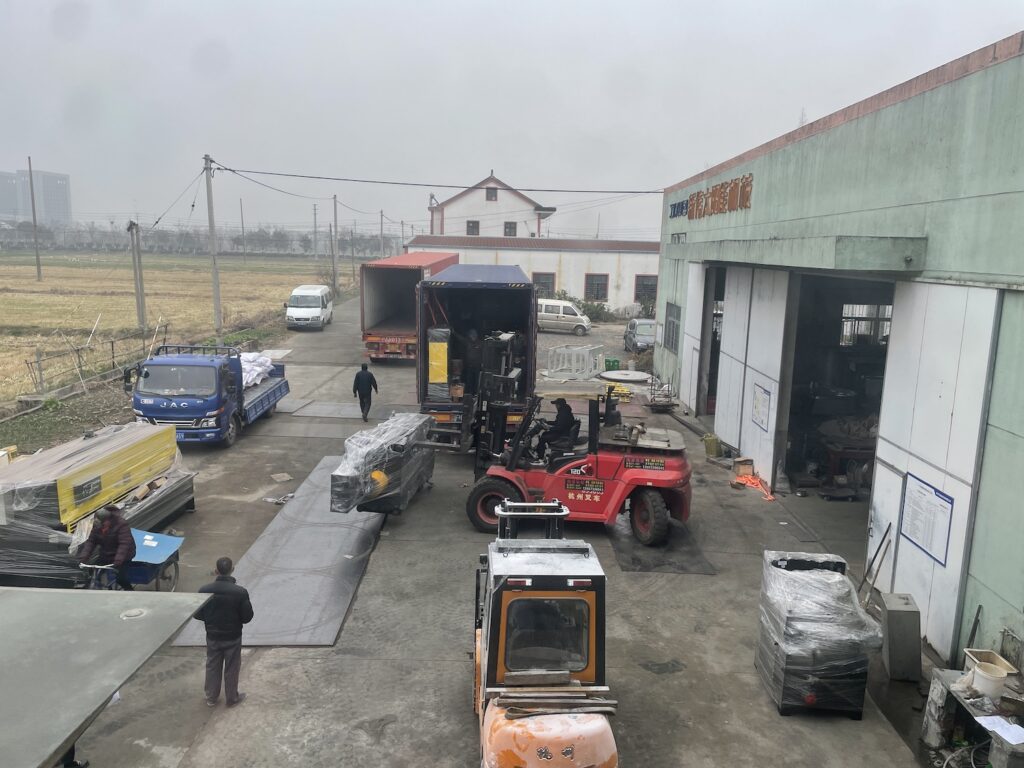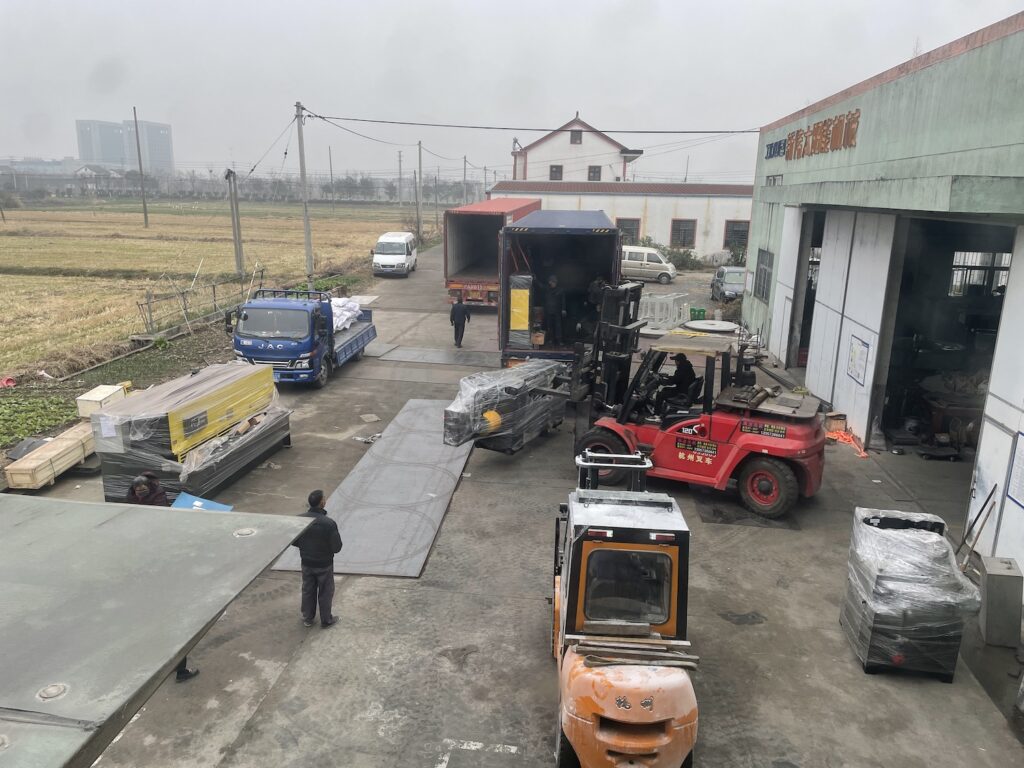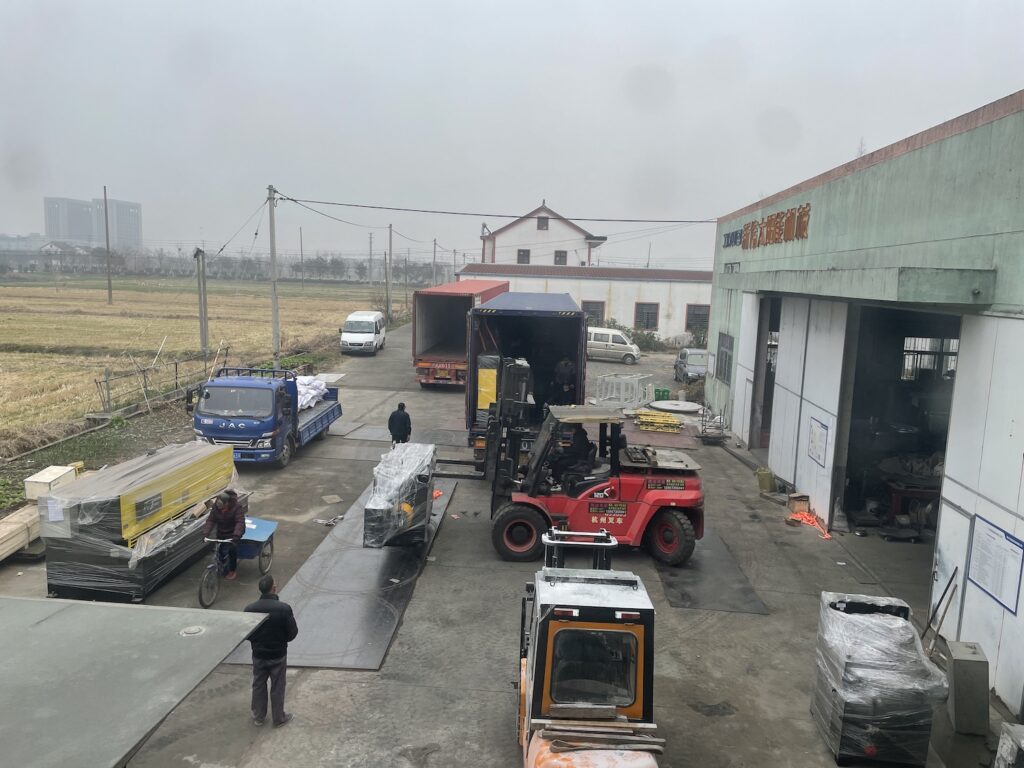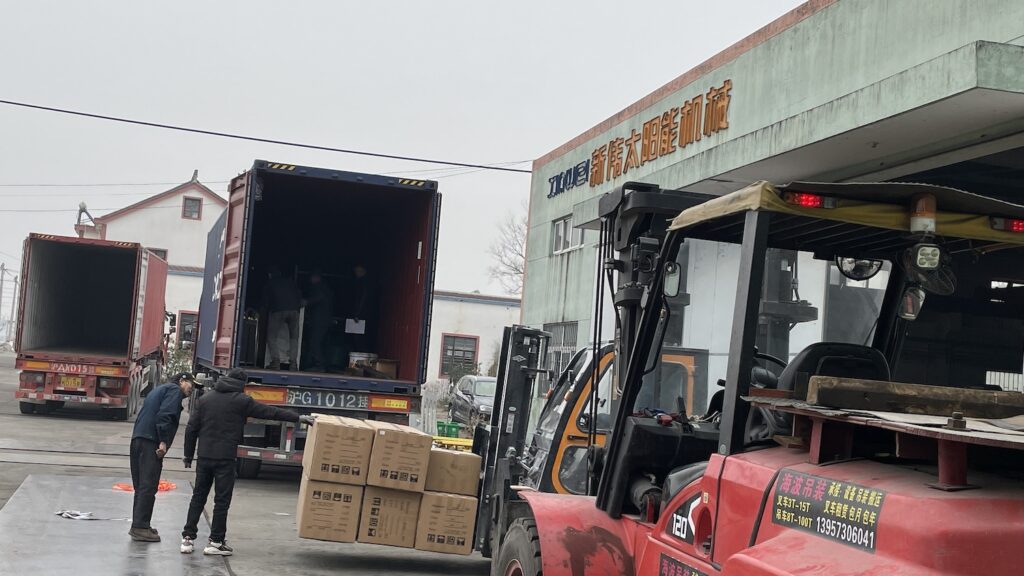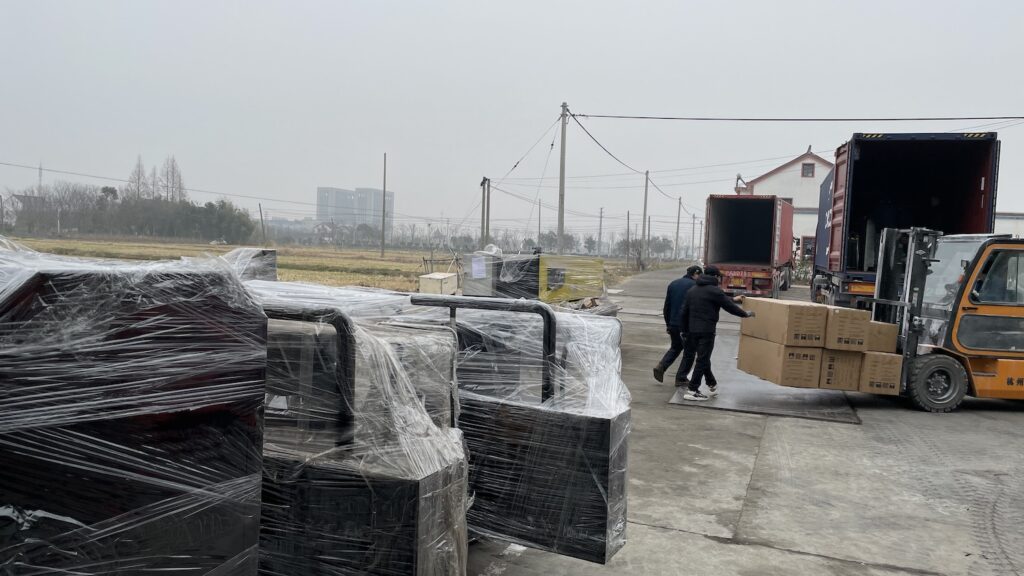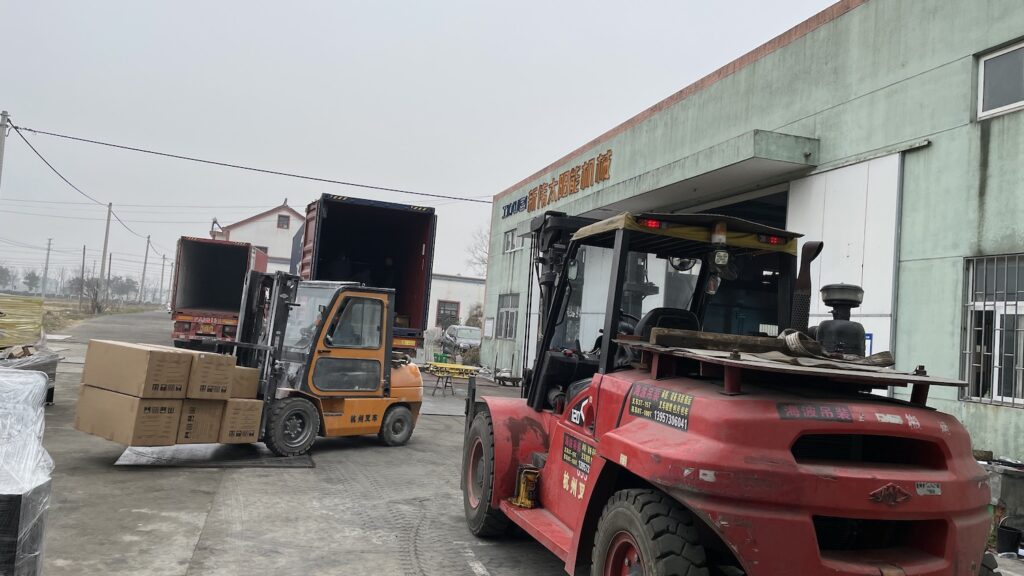Faqs
- Where is your factory located? We are located in Haining,Zhejiang,China
- What kind of Solar Water Heater Production line are you making now? We are currently supplying Pressurized and Non-Pressurized Production line.
- Which country did you export? We have been exporting to many countries, such as India, Brazil, Mexico, Turkey,South Africa, Egypt and other countries.
- What is non-welded Tank? Actually, Non-welded tank is used for bad quality water area. Non-welding means there is non welding for both sides tank. We make the horizontal welding link of tank on the top and make sure side cover will not be leakages because of welding points. Regarding to this point, we have been testing for years with one of our important customers from India and verify non-weld is very good way to avoid corrosion and leakages. Both sides has glues, please check this video link to see more information. Before start putting glue on both sides cover, you need to flange the tank edge to make sure the side cover and tank are perfectly matched.
- How to put glues on the sides cover? please check this YouTube Video.
- Do I have to use pattern stamp on the side cover? We strongly recommend you to use it.
- What the thickness of side cover do you recommend? We recommend you to use at least 0.4mm for non pressurized tank. The thicker, the safer.
- Can I use GI sheet to make non-weld tank ? Yes, definitely.
- Can I just order side cover machine? Definitely, you can. We have video for your reference on how to use it.
- Why do you recommend 16tools CNC pneumatic clutch punching machine? Because it’s very good efficient and cost effective.
- Can I use Sheet Rolling machine for MS/SS/GI sheet? Yes, you can the maximum is 2.5mm. Here is YouTube Video for your reference.
- Can you provide one stop solution for us? Or Turn-key Solution. Yes, we do. We have done this for years. Every year we will send engineers to worldwide to help our customers, especially we will provide online and offline training till customers understand very well.
- Do you make side cover and pressurized tank to sell? Yes, we do. We have another factory to make side cover and pressurized tank.
- which sea port is close to you? Shanghai is about 120KM to us. We also can ship from Ningbo but it’s a little bit far. To save cost, we suggest you to ship from Shanghai.
- How long is your delivery time? Actually it depends. If everything goes well, we can delivery one production line in 2-3 months.
- How much time do we need to get installation and training for normal production? It depends. If your sides prepare very well as per our instructions, it will take about one month.
- Do you make Solar PV Structure? Yes, we do. You can visit our product link. We can design for you.
- Do you have customer in Mexico? Yes, we have many customers directly and indirectly. For example, Frantor is one of our customers.
- Do you have customer in India? Yes, we have many customers in India. Supreme solar and Nuetech Solar are our customers. Also Venus Home Appliances is our customer.
- What’s Heat Pipe Integrated Pressurized Tank? A heat pipe integrated pressurized tank, also known as an evacuated tube, is a type of thermal storage device. It consists of a tank that is pressurized and filled with a working fluid, such as water or a heat transfer fluid, and a series of heat pipes that run through the tank. The heat pipes are made of a highly thermally conductive material, such as copper, and have a small amount of a working fluid inside. The heat pipes are connected to solar collectors, such as evacuated tube solar collectors, which absorb solar energy and transfer it to the working fluid inside the heat pipes. The working fluid in the heat pipes then vaporizes and travels to the pressurized tank, where it condenses and releases its thermal energy to the working fluid in the tank. This thermal energy can then be used to heat water, or to generate electricity through a thermoelectric generator.
- What’s enamel tank coating materials? Enamel coating materials are used to create a protective and corrosion-resistant layer on metal surfaces, such as steel or cast iron. The coating is made from a mixture of glass powders, pigments, and binders. The glass powders are fused at high temperatures to form a hard and durable layer on the metal surface. There are two main types of enamel coating methods: dry enameling and wet enameling. Dry enameling, also known as powder coating, involves applying dry enamel powder to the surface of the metal using an electrostatic charge. The powder is then heated in an oven to fuse it to the metal surface. This method is often used for large-scale industrial production and is known for its high efficiency and low cost. Wet enameling, also known as liquid coating, involves applying a liquid enamel mixture to the metal surface using a brush, roller, or spray gun. The coating is then heated in an oven to fuse it to the metal surface. This method is often used for smaller scale and specialized applications, and is known for its high quality and durability. Overall, both methods can produce high-quality enamel coating, it depends on the application and the specific requirements of the project.
- Comparison of solar evacuated tube hot water and solar flat plate hot water Both(We called Solar Thermal Panels) solar evacuated tube hot water systems and solar flat plate hot water systems use the energy from the sun to heat water for use in a building. However, there are some key differences between the two types of systems. Solar evacuated tube hot water systems use a series of tubes that are evacuated of air to create a vacuum. This vacuum helps to insulate the tubes, which allows them to absorb more of the sun’s energy and become hotter than flat plate collectors. This means that evacuated tube systems can be more efficient at converting the sun’s energy into heat, especially in colder climates or when the sun is at a lower angle in the sky. However, evacuated tube systems tend to be more expensive than flat plate systems and may be more difficult to install. Solar flat plate hot water systems, on the other hand, use a flat plate collector that is typically made of metal and covered with a layer of tempered glass. These systems are less expensive and easier to install than evacuated tube systems, but they are not as efficient at converting the sun’s energy into heat. However, flat plate systems tend to be more durable and have a longer life span than evacuated tube systems. In summary, evacuated tube systems tend to be more efficient but more expensive, while flat plate systems tend to be more affordable and easier to install, but less efficient.
- What’s the copper coil Solar Water Heater System? A copper coil solar water heater system is a type of solar water heating system that uses copper coils to transfer heat from the sun to water. The basic components of a copper coil solar water heater system include a solar collector, a copper coil heat exchanger, a storage tank, and a circulation system. The solar collector, which is typically a flat plate collector or an evacuated tube collector, absorbs the energy from the sun and heats a fluid, typically water or a mixture of water and antifreeze, that flows through the collector. The heated fluid then flows through the copper coil heat exchanger, which is typically located inside the storage tank. The copper coil heat exchanger transfers the heat from the fluid to the water in the storage tank, thereby heating the water for use in the building. The circulation system, which is typically a pump, circulates the fluid between the collector and the heat exchanger, and also circulates the heated water from the storage tank to the building. Copper is an excellent heat transfer material, and it is durable, corrosion-resistant and relatively inexpensive. Copper coils solar water heaters have a high thermal conductivity which allows it to quickly transfer heat from the fluid to the water in the storage tank. Copper coil solar water heaters have a high efficiency rate, which makes them ideal for use in residential and commercial applications, and also have a longer lifespan compared to other solar water heating systems.
- What’s the advantage of CNC Punching machine ? A CNC (computer numerical control) punching machine is a type of machine that is used to punch holes and cut shapes in sheet metal. It is typically used in the manufacturing of solar water heaters to create components such as the frame, brackets, and heat exchanger.
-
High precision: CNC punching machines are able to cut and punch holes with high accuracy, which is essential for creating precise and uniform components.
-
High speed: CNC punching machines can work very fast and can produce a large number of parts in a short amount of time, increasing productivity.
-
Flexibility: CNC punching machines can be programmed to cut and punch a wide variety of shapes and patterns, allowing manufacturers to create a wide range of different components with a single machine.
-
Consistency: CNC punching machines produce parts with consistent quality and no human error, which leads to consistent results and less scrap.
-
Material saving: The machine can be programmed to optimize the usage of the material, reducing the amount of waste generated.
-
Reducing labor cost: CNC machines do the work of many people at once, so the labor cost is greatly reduced.
Overall, CNC punching machines are a cost-effective and efficient way to produce many of the components required for solar water heaters, allowing manufacturers to create high-quality products while reducing costs and increasing productivity.
-
Heat pipe solar water heaters are widely used in Mexico, Argentina, and Brazil. These countries have a strong renewable energy industry and solar energy is a popular choice for water heating. The advantages of using a CNC punching machine for solar water heater manufacturing include:
In Mexico, pressurized heat pipe solar water heaters are available, and the use of heat pipe technology is considered as a popular option for residential and commercial use. These systems are widely distributed and manufactured by different companies throughout the country.
In Argentina, the use of heat pipe solar water heaters is common in both residential and commercial applications. They are considered as a good alternative due to the high energy costs and they also widely distributed and manufactured by different companies throughout the country.In Brazil, solar water heaters are widely used in residential, commercial and industrial sectors. These systems are also widely distributed and manufactured by different companies throughout the country. Brazilian standard NBR 15220-3 regulates the testing and performance requirements for solar water heaters, this standard is in line with ISO 9806: 2017 and defines classification for solar water heaters based on the type of solar collectors used (evacuated tubes or flat plates) and if the system is pressurized or not.
It’s important to note that regulations and incentive policies for the use of solar water heaters in each country may vary, and it would be best to check with the local authorities for more specific information regarding the use and requirements for these systems in each country.
Stainless Steel Pressurized Tank and Heat Pipe Pressurized Tank with Steel Coil Production
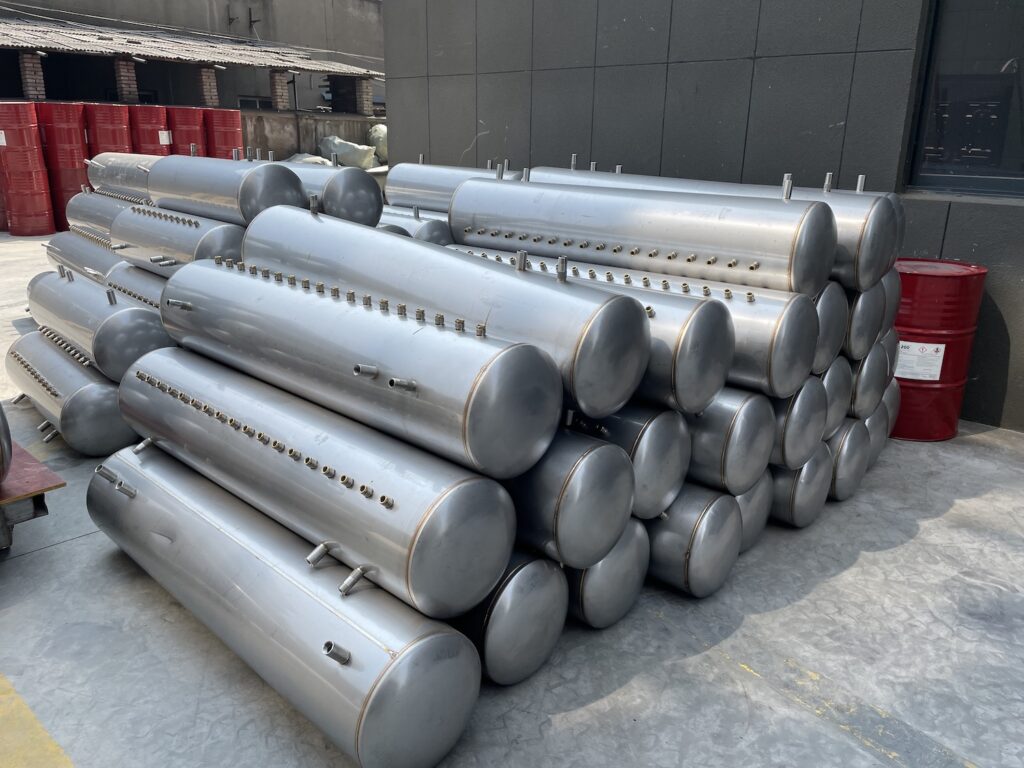
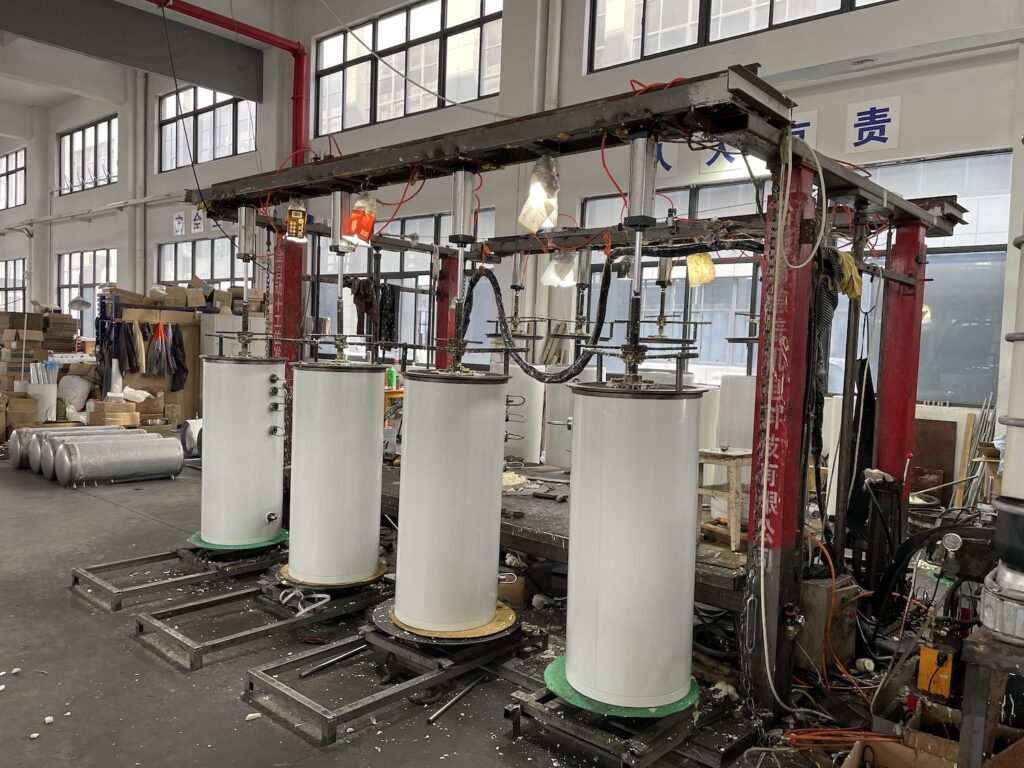
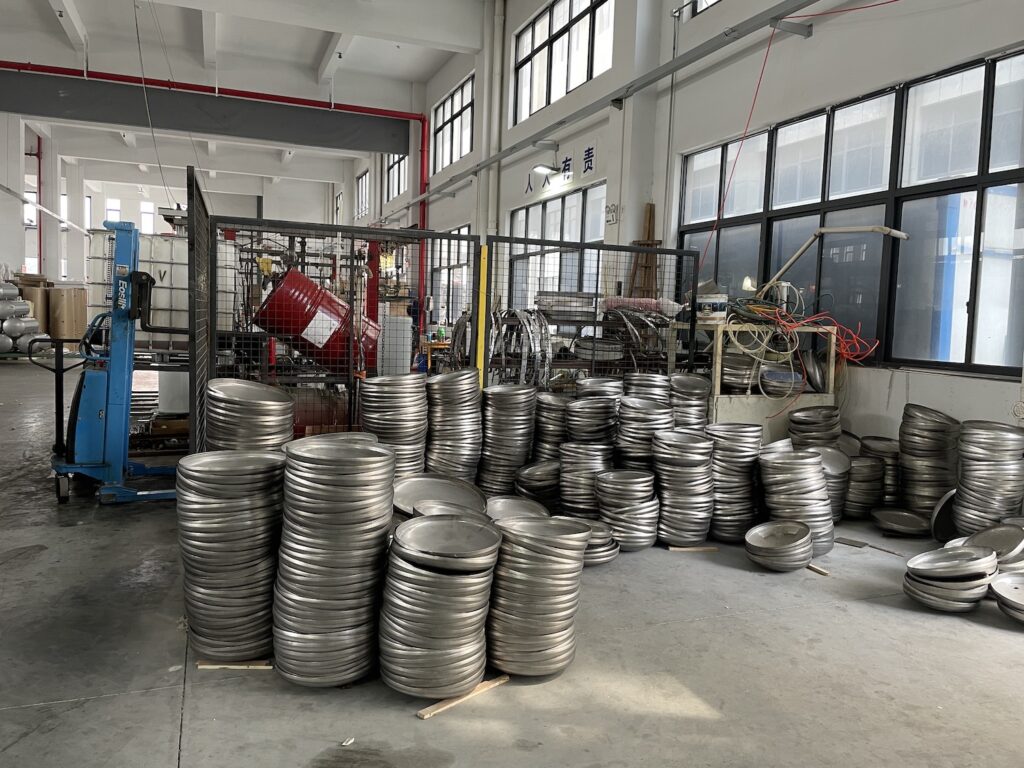
Solar Water Heater Machinery Loading to Mexico
